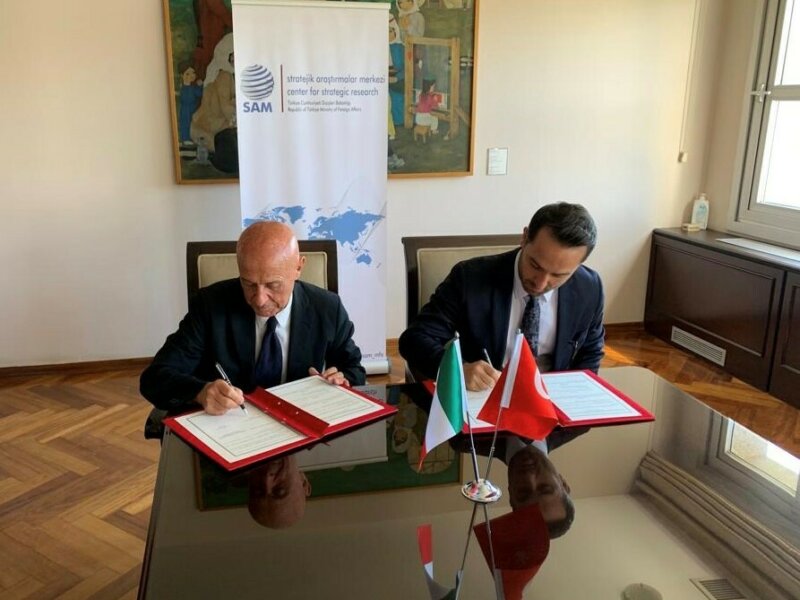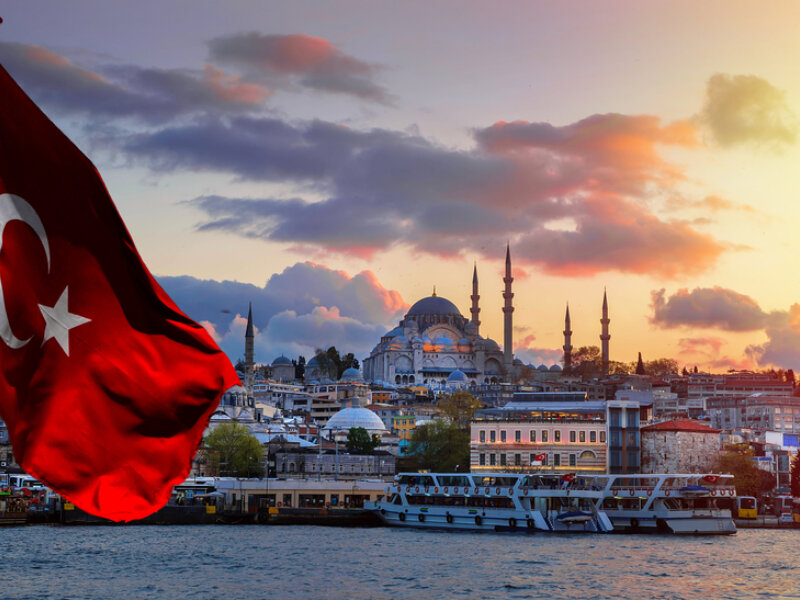The Khazar Khaganate: a piece of Near East history in the Russia-Ukraine conflict
A brief history of the Khazar Khaganate by Alessandro Giuli

There is an interesting and perspicuous fragment of Near East history embedded in the cultural genesis of the Russian-Ukrainian conflict. Giorgio Cella, a young researcher in Institutions and Policies at the Catholic University of Milan gives a brilliant overview of it in his latest essay entitled: “History and Geopolitics of the Ukrainian Crisis – From Kievan Rus to Date”, published by Carocci as part of its Historical Studies Collection. One section of the study is dedicated to the enigmatic Turkish-Jewish “Middle Empire”: the Khazar Kingdom or Khaganate, which rose between the 6th and 7th centuries and flourished until the 10th century. It covered a vast territory spanning from the steppe lands of the Black Sea to the border with the regions of Central Asia, which was dominated by a powerful confederation of semi-nomadic Turkish populations with remote Hunnic origins, and inhabited by Slavic, Caucasian, Persian and Crimean Greek communities. The Khazar legacy planted some of its seeds in the regions and States of Dagestan, Circassia, Georgia, Chechnya, Central-Eastern Crimea and Southern Russia, Azerbaijan and part of Kazakhstan.
A melting pot of people, at first dedicated to shamanism, with an inclination for trade and cosmopolitanism, the Khazars constituted a sort of western defence against the penetration of the Islamic armies – the Umayyad Caliphate first and Abbasid Caliphate later. The Byzantine Empire took advantage of the situation and its Basileus Constantine V married Khazar Princess Tzitak, later known as Irene the Khazar. The role of the Khazar Kingdom as a bastion against Islam coincided with the victorious battles of Charles Martel at Poitiers and Tours, and Leo III Isaurian at Constantinople, de facto constituting an equally important natural buttress against the Islamic advance in the Arab-Khazar battle of Balanjar (650 AD). In the following decades, from Armenia to Azerbaijan, clashes between Khazar and Islamic armies multiplied, until 723 AD, when Marwan II, the last Caliph of the Umayyad Caliphate, prevailed.
Cella defines the Khazar Khaganate as “a unique Euro-Asian empire”, whose progressive conversion to a monotheistic cult did not stop the Kievan Rus, under Svyatoslav I, from invading and destroying its capital Itil (961 AD). The religious conversion of the Khazars is thought to date back between the end of the 7th and the beginning of the 8th century, and is reported to have been the fruit of a deliberate decision taken within the Abrahamic world, which opted for the Jewish primacy over the cross or the crescent, to mark a net distinction between the Christian West on one side, and the East, then on its way to Islamization, on the other.
This choice was based on strategic reasons compounded with family ties and the inclusion of Jewish Radhanite merchants and a hodgepodge of other contributors from various latitudes: from Egypt to Asia Minor, from Syria to Judea, all the way to Persia and Mesopotamia. However, this did not hinder the Khaganate from engaging Muslim mercenary troops, when needed.
The conversion is prevalently attested by the “Sefer ha-kazari” (or “The Book of the Khazar”), written in Arabic by Andalusian rabbi Yehuda Ha-Levi. The decision to adopt the Jewish religion was made by the king of the time (Bulan, 737-760 AD) and was based on an in-person interview with a priest, a mullah and a rabbi. This decision is underpinned by two “reasoned instincts” of a certain relevance. The first refers to the “Constantinian” geopolitical realpolitik which would later be pursued by Vladimir the Great with the Christianization of Kievan Rus (988 AD) – a model inspired by the Khazar inclination for “active neutrality” (albeit not necessarily a peaceful one) between monotheist religions. Equally interesting, the second coincides with the will to build in Khazaria the largest possible community from the Jewish Diaspora, especially those from the Byzantine Empire.
A pole of attraction for economic, military and cultural interests, and a haven for refugees and persecuted people, the Khazar Kingdom was placed at the heart of the Silk Road (its exports, including a sizable slave trade, were bound to China and India) and was enrooted in a multicultural civilization by its nature in conflict with the conquest spirit prevailing in the rest of the world.
This situation resonates with what is happening today and readers will be able to adequately ponder its effects, which may have engendered recurring cycles in history, thanks to the extremely commendable book by Giorgio Cella, who, by no coincidence, served as an OECD observer in the Ukrainian elections of 2019.



